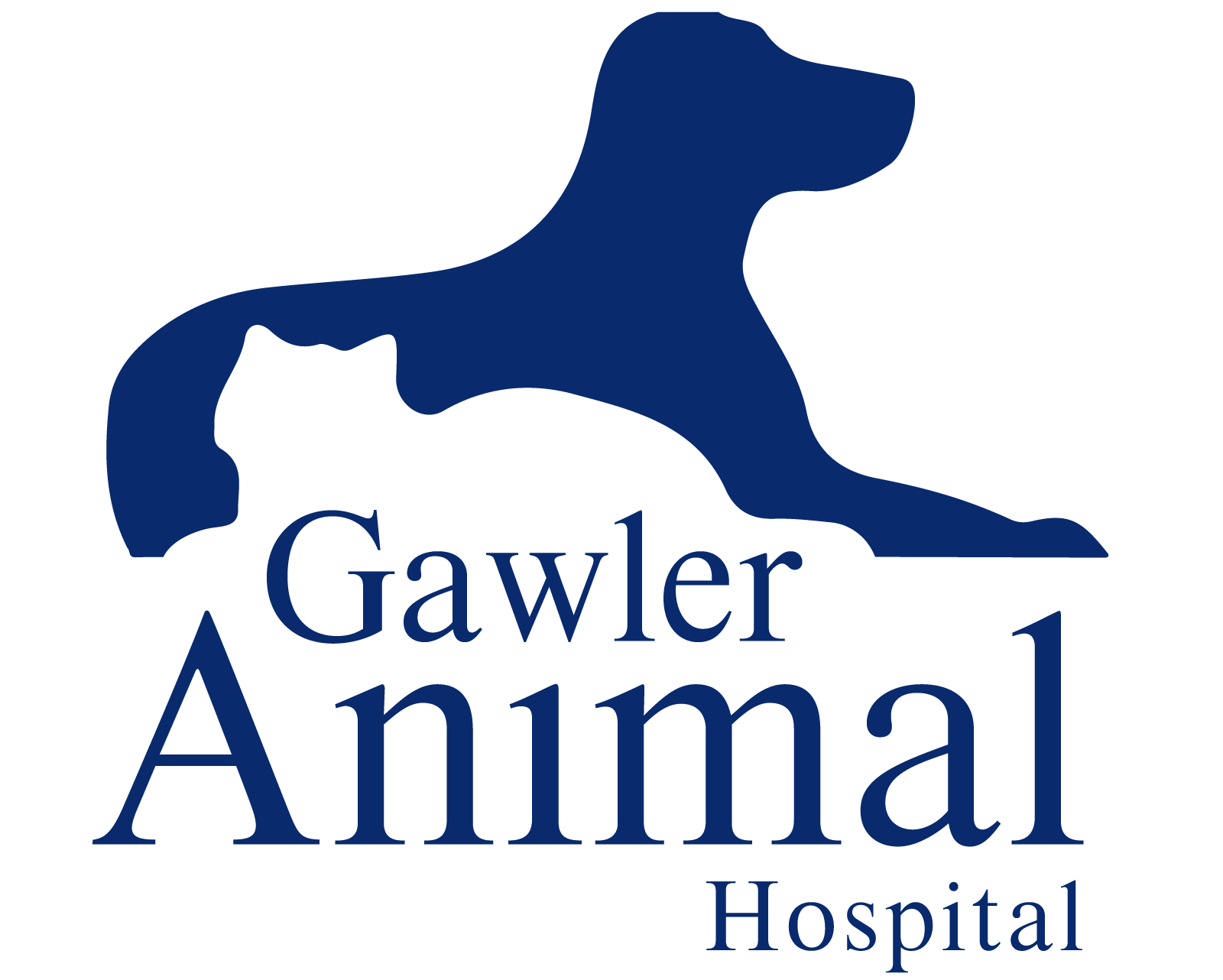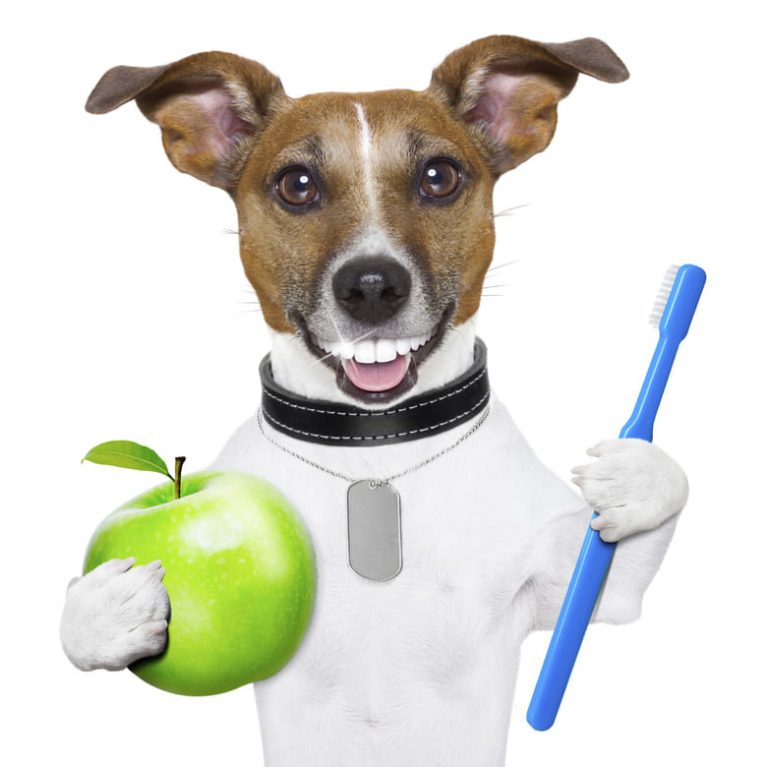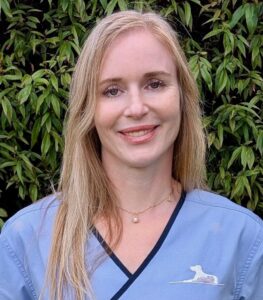In a couple of earlier articles, I’ve talked about how to recognise when your dog or cat has a dental problem and about why it’s such a significant problem. The next thing I’d like to do is to give you a little better idea of how we go about treating the problem. This is a discussion we have with clients every single day of the year and dentistry makes up a large proportion of our surgical workload so it’s clearly a major problem
I’d like to describe some of the most important aspects of treating dental disease in pets so that you can better understand what’s involved.
- It’s neither effective nor humane to just ‘scrape off the tartar’ in the consult room!
- Not only is it not effective, it’s a complete waste of time! As I mentioned in an earlier article, it’s not the tartar but the underlying ‘plaque’ layer that traps bacteria and causes the major damage. We need an ultrasound scaler to clean that off. Breaking off the tartar just makes things look a bit better for a short time before it reforms.
- It’s also quite stressful and often painful to the average dog or cat to have someone poking around in their mouth with a sharp curette. I wouldn’t’ want to put my pet through that process, personally.
- If anyone tries to tell you otherwise, they’re doing your pet a dis-service.
- General anaesthetic is essential for good dental treatment in pets
- It’s impossible for us to do a proper dental exam, never mind treatment, without a 100% compliant patient. I’ve never met a patient that would be that compliant while awake.
- We’d get bitten if we tried without anaesthetic and, to be honest, we’d deserve it!
- Because of this, ‘Anaesthetic-Free Dentistry’ is really poor practice (aside from being cruel to your pet).
- We’d no longer do dentistry without doing full- mouth dental x-rays
- We take full-mouth x-rays with every ‘dental’ we do. It’s truly amazing the number of problems we find that we otherwise can’t detect, even with an anaesthetized patient.
- Fractured or retained tooth-roots, infected bone, enamel resorption and pulp cavity degeneration are just a few of the problems we identify (and then treat)
- To do dentistry without knowing the full extent of disease (ie without taking x-rays) is now considered to be a substandard level of care.
- We ensure that dentistry is minimally painful for your pets
- We go to great lengths to provide as much pain relief as possible
- A cocktail of medications during the procedure, local blocks and then medication to go home with ensure your dog or cat experiences minimal pain
- Regular dental maintenance is remarkably affordable
- We’ve deliberately priced our dental fees so that, if we can catch any disease before it progresses too far, It’s very affordable
- With any more advanced disease and treatment, we can’t really predict costs until we get in there and do a full exam (including x-rays) under anaesthetic. It’s impossible to tell how much is required until we’ve done that
- Overall cost depends on time taken to treat diseased teeth. Extractions, if required, involve a full surgical procedure and can be very time-consuming. It’s not unusual for us to spend over two hours on a single dental case and so the costs can certainly mount up. Our clients are warned to expect that the total invoice can range anywhere from $500 to over $3000.
- After the initial exam, we’ll always call you and give you a firm estimate (and we’ll stick to that). If you can’t afford our recommended treatment at the time, we can always come back to do the treatment at a later date to suit you.
- Following all dental procedures, we have a program of nurse revisits to ensure we keep your pets mouth healthy
- We’ll get you back the following week for a check (no charge for this) and make sure recovery has gone as expected. Our nurses will then chat to you about homecare and how to prevent further disease.
- We’ll then put you on a reminder system so we can keep an eye on everything in future. The main point is we’d like to help prevent dental disease so that we don’t have to treat it!!
Hopefully that helps to give you a bit more understanding of the process. Of course, if you have any further queries, the best thing may be to arrange a visit so that our vets can examine your pet. After that, they’ll be able to give you an idea of what’s required. Please give our lovely receptionists a call on 8522 3500 or book directly online for an appointment.






